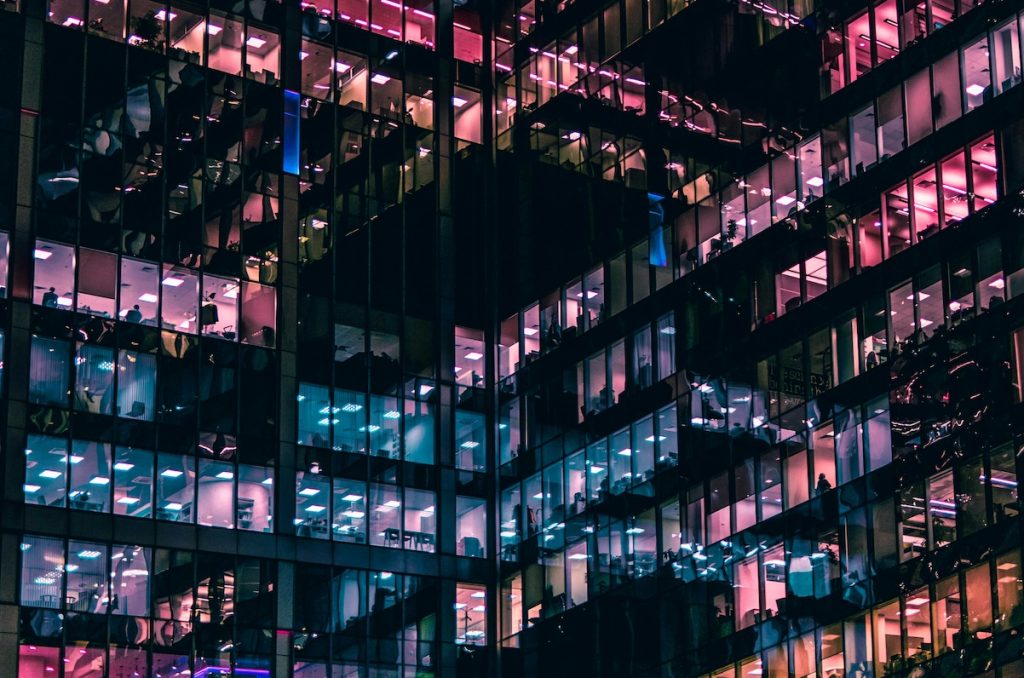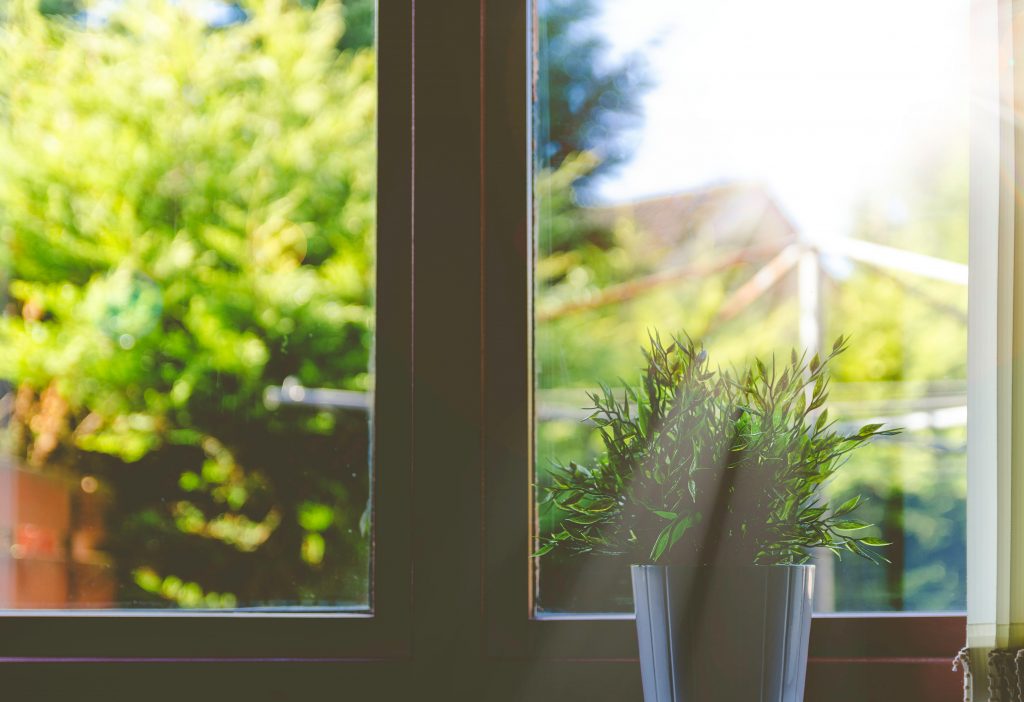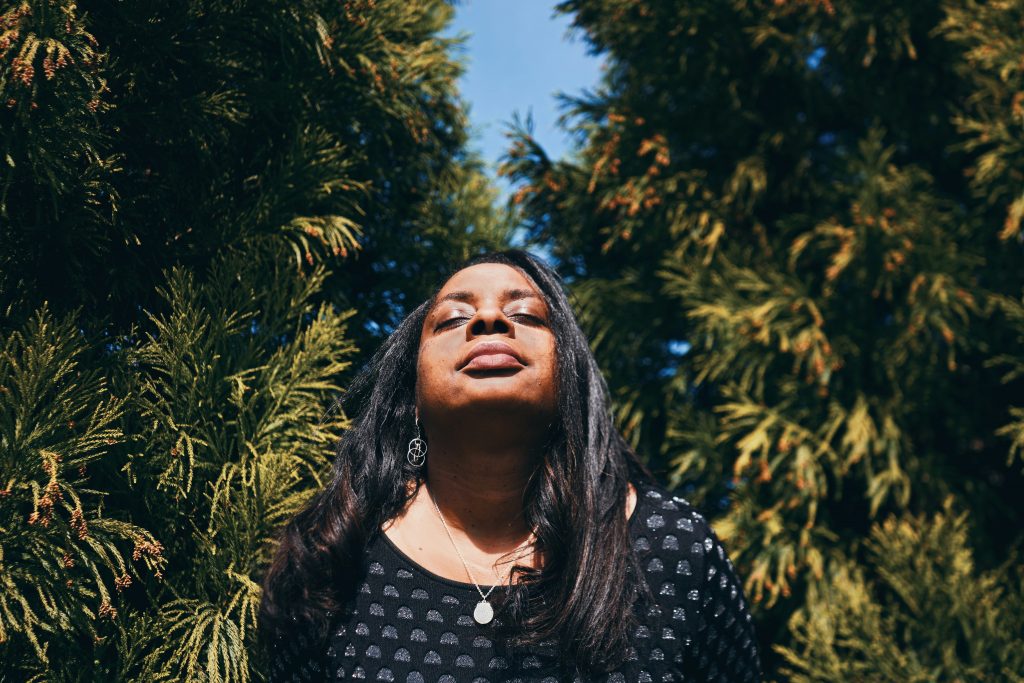Healthy sleep and circadian rhythms (the natural, internal processes that regulate our bodily functions with the environment and repeat approximately every 24 hours) are crucial for mental well-being, yet many psychiatric disorders are marked by disrupted sleep-wake patterns. In humans, the suprachiasmatic nuclei (SCN) is considered the central pacemaker, sending information to other parts of the brain and organs to synchronize circadian cycles (Hastings et al., 2019). The primary input to the SCN is light (Tahkamo et al., 2019). In modern and industrialized societies, artificial lighting and days spent predominantly indoors challenge this natural rhythm, potentially leading to poorer mental health outcomes (Walker et al., 2020).
In this current study, Burns and colleagues (2023) used data from more than 85,000 adults to examine 24-hour light exposure and explore the link between light patterns and psychiatric disorders, with considerations for age, sex, and lifestyle. They hypothesized that increased daytime light exposure is associated with lower risk for psychiatric disorders and higher mood, and that increased night-time light exposure is associated with higher risk for psychiatric disorders and worse mood. Understanding these relationships could inform interventions aiming to promote mental health by preserving healthy circadian rhythms.

Burns and colleagues (2023) hypothesised that increased nighttime light exposure would be associated with higher risk for psychiatric disorders and worse mood.
Methods
Data from the UK Biobank prospective general population cohort (a large and extensive biomedical database containing genetic, lifestyle, and health information acquired in the United Kingdom) were used to investigate the association between daily light exposure and risk for several psychiatric disorders.
Light exposure was retrieved from a wrist-worn actigraphy watch with an in-built light sensor. Participants wore the actigraphy watch for seven days. Statistical analysis determined that the hours between 7:30am and 8:30pm were daytime, and the hours between 0:30am and 6:00am were night-time.
Psychiatric outcomes were assessed in an online questionnaire investigating mental health. Based on the diagnostic manual of mental disorders (DSM), each participant was assessed for the presence of major depressive disorder (MDD), generalized anxiety disorder (GAD), bipolar disorder, post-traumatic stress disorder (PTSD), psychosis, and self-harm. Associations between daytime and night-time light exposure and psychiatric outcomes were examined using multiple logistic regression. Effects of age, sex, ethnicity, and photoperiod (which is the duration from sunrise until sunset) were accounted for. Effects of employment, and physical activity were also taken into consideration in further models.
Results
A total of 86,631 participants (mean age = 62.4 years old, 57% females) with complete data on actigraphy measures, sleep, light exposure, and all the identified covariates were included in the analyses. The average daytime light exposure was 1,380 lux, and the average night-time light exposure was 24 lux. Lux are unit measures of illuminance, equivalent to one lumen per square meter. For example, direct sunlight usually provides about 32,000-100,000 lux, while full moon in a clear sky reaches about 0.05-0.3 lux and artificial lighting in a living room generally provides 50-100 lux.
Greater exposure to night-time light was associated with higher likelihood of MDD, self-harm, GAD, PTSD, and psychosis. Risk for bipolar disorder was not significantly associated with light exposure, except for participants in the brightest night-time light quartile. Higher night-time light exposure was also associated with a lower wellbeing score.
Greater exposure to day-time light was associated with lower risk of MDD, self-harm, PTSD, and psychosis. GAD and bipolar disorder were not associated with light exposure during the day.
In addition, greater night-time light exposure was associated with a higher number of co-occurring psychiatric disorders, while greater daytime light exposure was associated with fewer occurring psychiatric disorders. Moreover, while there was no interaction effect between light exposure in the daytime and in the night-time in their respective associations with any psychiatric outcomes, increased daytime light exposure reduced the association between night-time light exposure and poorer wellbeing.
Burns and colleagues proceed with a series of sensitivity analyses to further validate these findings:
- Removing participants who reported doing shift work and had a mental health disorder did not change the results.
- The findings were independent of sleep duration, sleep efficiency, residence type (urban vs. rural), except for the association between greater night-time light exposure and psychosis that became unsignificant when sleep characteristics were accounted for.
- Body mass index, systolic blood pressure and diabetes status did not influence any of the findings.

In a sample of more than 85,000 adults, daily light exposure patterns were associated with psychiatric disorders and mood, independently of age, sex, ethnicity, photoperiod, employment, physical activity, sleep quality and residence type.
Conclusions
In this study, Burns and colleagues observed that objectively measured light-exposure in free-living conditions was associated with risk for psychiatric disorders in a population of more than 85,000 adults, independently of age, sex, ethnicity, photoperiod, employment, and physical activity. Greater light at night was associated with a higher risk of MDD, self-harm behaviours, PTSD, psychosis and GAD, in addition to poorer wellbeing. On the opposite, higher daytime light exposure was associated with lower risk for MDD, self-harm behaviours, PTSD and psychosis, as well as greater wellbeing.

Avoiding light at night and seeking light during the day may be a simple and cost-effective non-pharmacological way to improve mental health.
Strengths and limitations
The study analyses data from a substantial sample of more than 85,000 participants, providing strong statistical power to detect associations between light exposure and psychiatric outcomes. In addition, to ensure meaningfulness and accuracy, as well as preventing any biases and misleading findings, the analyses were controlled for a series of relevant confounding variables, including age, sex, ethnicity, photoperiod, employment, and physical activity. To strengthen the reliability of the findings, comprehensive sensitivity analyses were conducted to confirm independence from shift work, urbanicity, sleep quality and cardiometabolic measures. Moreover, light exposure was objectively recorded using a wearable actigraphy watch, thus, minimizing biases associated with self-reporting.
However, a few limitations need to be mentioned:
- First of all, the study had a cross-sectional design, thus preventing any causality to be established and allowing the possibility of reverse causation.
- In addition, while light-exposure was objectively measured, accuracy concerns have been raised regarding the use of wrist-worn devices to access light exposure and inability to distinguished between true darkness or device coverage could lead to potential measurement error.
- Importantly, light exposure data and psychiatric outcomes were not collected at the same time, due to the recruitment timeline, which could introduce biases linked to change of light exposure patterns over time.

In industrialised societies, humans spend about 90% of the day indoors under artificial lighting, which is typically less bright in the day and more bright at night than light exposure outside.
Implications for practice
Overall, this paper examines the effect of light exposure on psychiatric outcomes in a large adult population. The authors were motivated by evidence of the effects of daytime and night-time light exposure on the circadian system, disruption of which has been linked to many psychiatric disorders. The findings from this study has several implications for practice:
- Light-therapy interventions
- Encouraging individuals to increase their exposure to bright natural light during the day and minimise exposure to artificial light at night may be a simple and cost-effective adjunctive treatment for several psychiatric disorders.
- Recommendations to optimise light exposure can be easily integrated into clinical practice.
- In addition, light therapies offer a non-pharmacological approach to improving mental health outcomes targeting the underlying biological mechanisms of some psychiatric disorders.
- Transdiagnostic treatment
- The observed associations between light exposure and psychiatric outcomes suggest that interventions targeting circadian rhythms could have transdiagnostic effects across several mental health conditions.
- Addressing common underlying pathophysiological mechanisms shared by different disorders could improve treatment strategies and outcomes.
- Recommendation for environmental modification
- Optimising light exposure can extend beyond individual behavioural changes to include environmental modifications.
- Designing living and working spaces to maximize access to natural light during the day and minimise artificial light exposure at night may support mental health and well-being of individuals in industrialised societies.
- Interdisciplinary collaborations
- Findings from this study suggests collaboration between healthcare providers, architects, urban planners, and lighting designers may facilitate the development of environments that support healthy light-exposure patterns.
- Integrating principles of circadian rhythm into architectural and urban planning projects may promote mental health and well-being at the population level.
Overall, incorporating recommendations to optimize light exposure into clinical practice and environmental design has the potential to improve mental health and enhance quality of life across diverse populations.

This study emphasises the need to incorporate recommendations to optimise light exposure into clinical practice and environmental design to improve mental health globally.
Statement of interests
No conflict of interests to declare.
Links
Primary paper
Burns, A.C., Windred, D.P., Rutter, M.K., Olivier, P., Vetter, C., Saxena, R., Lane, J.M., Phillips, A.J.K. & Cain, S.W. (2023). Day and night light exposure are associated with psychiatric disorders: an objective light study in >85,000 people. Nature Mental Health 1, 853–862.
Other references
Hastings, M. H., Maywood, E. S., & Brancaccio, M. (2019). The mammalian circadian timing system and the suprachiasmatic nucleus as its pacemaker. Biology, 8(1), 13.
Tähkämö, L., Partonen, T., & Pesonen, A. K. (2019). Systematic review of light exposure impact on human circadian rhythm. Chronobiology International, 36(2), 151-170.
Walker, W. H., Walton, J. C., DeVries, A. C., & Nelson, R. J. (2020). Circadian rhythm disruption and mental health. Translational Psychiatry, 10(1), 1-13.







